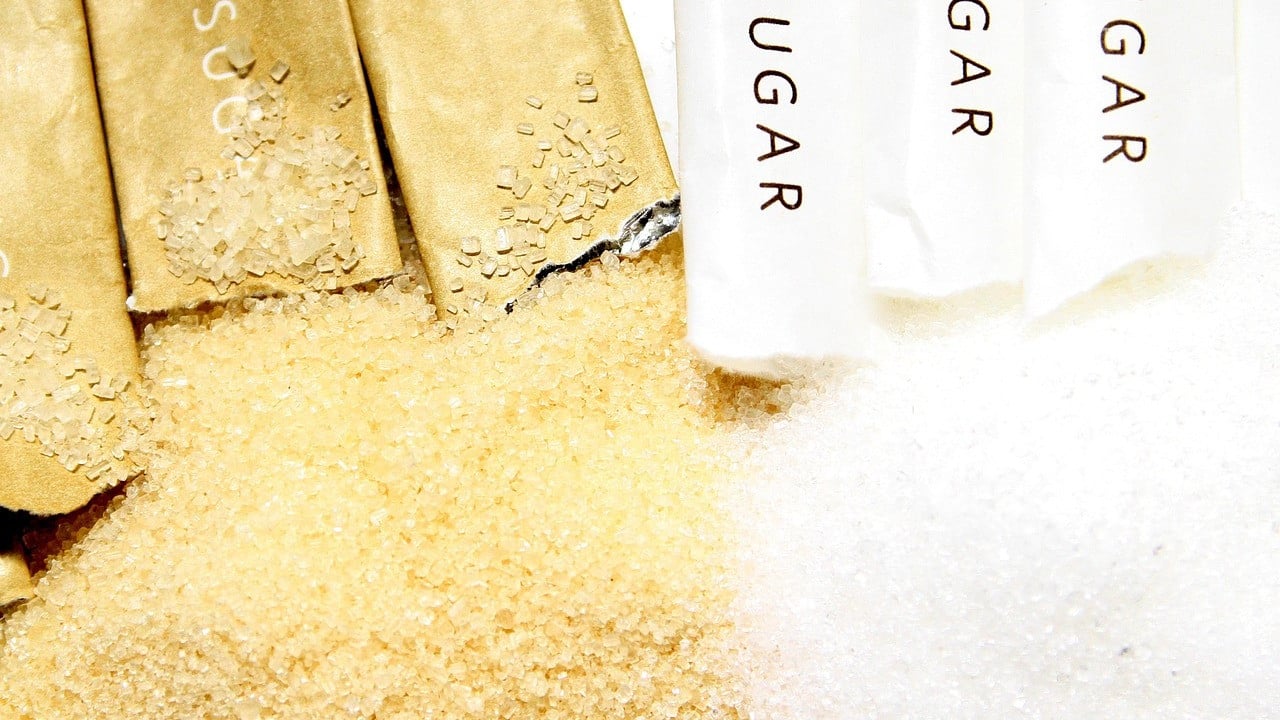Understanding beet sugar vs cane sugar helps buyers make educated choices about their sweeteners.
Understanding beet sugar vs cane sugar helps buyers make educated choices about their sweeteners.
Blog Article
Discover the Uses and Advantages of Beet Sugar Vs Cane Sugar in Your Daily Diet Plan
Exploring the distinctive high qualities of beet and cane sugar exposes even more than simply their sweetening capabilities; it highlights their unique effects on health and wellness and cookeries. Beet sugar, understood for its subtle taste, is usually favored in fragile treats, whereas cane sugar, with its hint of molasses, includes splendor to robust dishes. Each type holds its very own nutritional account and glycemic ramifications, inviting a much deeper understanding of their functions in a balanced diet regimen and sustainable consumption practices.
Beginning and Manufacturing Procedures of Beet and Cane Sugar

The distinct climates and soil types required for growing sugar beetroots and sugarcane add to differences in their growing practices and geographic distribution, influencing the economics and sustainability of their manufacturing. beet sugar vs cane sugar.
Nutritional Contrast Between Beet Sugar and Cane Sugar
In spite of stemming from various plants, beet sugar and cane sugar are nutritionally really comparable, both primarily consisting of sucrose. Each supplies about 4 calories per gram, equating to roughly 16 calories per tsp. Structurally, both sugars are made up of approximately 99.95% sucrose, with marginal amounts of various other compounds like moisture and trace minerals, which do not dramatically modify their nutritional accounts.

Eventually, when selecting in between beet sugar and cane sugar based upon nutritional material alone, both offer identical benefits and downsides as they are essentially types of the exact same molecule-- sucrose, providing fast energy without various other nutrients.
Effect On Wellness: Glycemic Index and Caloric Material
Exploring even more into the effects of beet sugar and cane sugar on health and wellness, it is important to consider their glycemic index and caloric web content. The glycemic index (GI) of both beet and cane sugar is around 65, categorizing them as high-GI foods, which can create fast spikes in blood sugar degrees.
Each kind of sugar has around click site 4 calories per gram, making their calorie content equivalent. For those keeping track of caloric consumption, specifically when handling weight or metabolic health and wellness problems, understanding this equivalence is vital (beet sugar vs cane sugar). Too much usage of any type of high-calorie, high-GI food can add to wellness issues such as obesity, heart condition, and insulin resistance.
Environmental and Economic Considerations of Sugar Production
Beyond health and wellness effects, the production of beet and cane sugar likewise raises significant ecological and financial worries. Sugar beet growing often tends to call for cooler environments and has a lower geographical footprint compared to sugar cane, which grows in exotic regions. However, both plants are intensive in terms of water usage and land occupation, possibly resulting in logging and water scarcity. Financially, the global sugar market is very unstable, influenced by modifications in worldwide trade policies and aids. Many nations incentivize sugar manufacturing through financial backing, skewing market costs and impacting small-scale farmers adversely.
Additionally, using pesticides and fertilizers in both beet and cane sugar growing can bring about dirt deterioration and contamination, further influencing biodiversity and regional water bodies (beet sugar vs cane sugar). The choice in between growing sugar beet or cane typically rests on neighborhood environmental Bonuses conditions and economic aspects, making the sustainability of sugar manufacturing a complicated problem
Culinary Applications and Flavor Differences
While the environmental and economic aspects of sugar manufacturing are indeed considerable, the selection between beet and cane sugar also affects cooking applications and taste accounts. Beet sugar, obtained from the sugar beet plant, is understood for its remarkably neutral preference.
Walking cane sugar, extracted from sugarcane, typically maintains molasses traces, which give an unique richness and depth. The slight variation in dampness content between beet and cane sugar can influence the check here structure and uniformity of meals, making cane sugar a preferred choice for certain dishes that profit from its distinct residential properties.

Verdict
Finally, both beet and cane sugar have distinctive beginnings and manufacturing processes, using comparable nutritional accounts with minor distinctions in sodium web content and taste. While their effect on wellness, particularly pertaining to glycemic index and calories, is equivalent, the option between them commonly comes down to ecological, financial elements, and specific culinary needs. Recognizing these facets can direct customers in making notified choices that align with their health and wellness goals and flavor preferences.
Report this page